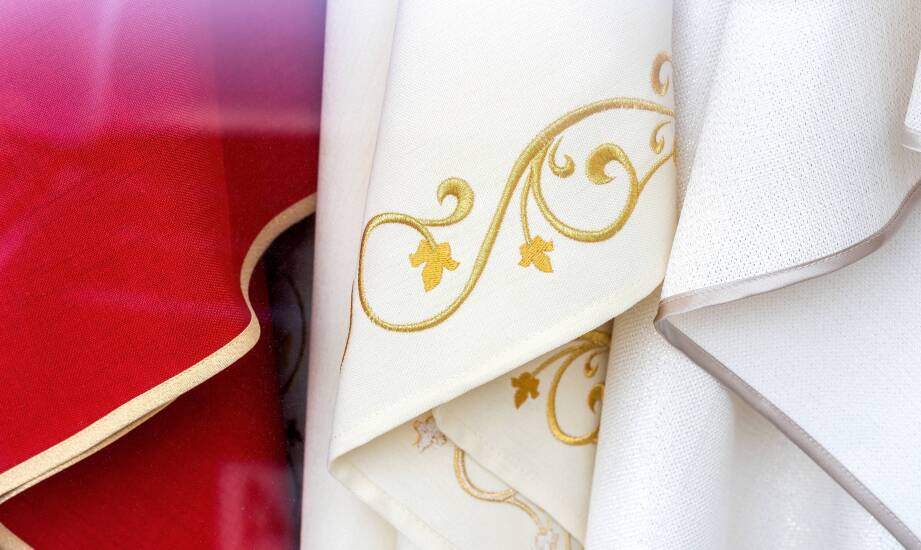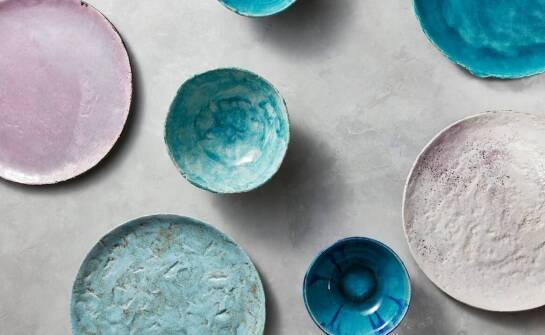Sponsored article
What are the Key Features of Well-Made Liturgical Vestments?

Liturgical vestments are among the most recognizable and symbolic church garments, and their appearance and quality have a direct impact on the dignity of the celebration. They're not just part of the priest's attire but also an expression of respect for the liturgy and the community of believers. Well-made vestments must combine the right selection of material, precise cut, and lasting finish to fulfill their role both symbolically and practically. Professional craftsmanship ensures these garments become a harmonious complement to the liturgy, highlighting its solemnity and beauty.
Quality of Material and Symbolism of White
The foundation of well-made liturgical vestments is appropriately chosen material. Cotton, linen, or their blends are commonly used because they combine breathability, lightness, and durability. Linen has a long tradition in the production of liturgical vestments, symbolizing purity and simplicity. However, its natural tendency to wrinkle often leads to its enrichment with synthetic fibers, which facilitate care and extend durability. A bright white color is crucial, symbolizing purity and renewal in the liturgy, so the fabric must resist graying and remain in immaculate condition even after multiple washes. Good vestments are not just clothing—they are a visual sign of sanctity and readiness for the liturgy.
Cut, Proportions, and Wearing Comfort
Professionally made vestments should be carefully tailored to fit the figure well and provide full freedom of movement during the liturgy. They typically reach the ankles, covering everyday clothing, and the sleeves are wide enough not to restrict gestures yet fitted enough not to interfere with ministerial duties. The neckline should be neatly finished and properly fitted to avoid exposing unwanted elements of underlying garments. Proper cutting and proportions, cared for by Ars Sacra, ensure that the vestments fall naturally while standing, walking, or kneeling, avoiding tangling underfoot, and preventing discomfort. This combination of comfort and aesthetics is significant for both the celebrant and the congregation's perception of the liturgy.
Precision Sewing and Durability of Finish
The finish of the vestments is as crucial as the material or cut. Seams should be strong, even, and aesthetically pleasing to ensure the garment's longevity despite frequent use and washing. Hems of the sleeves and the bottom edge must be protected from fraying, and any embellishments, like lace or embroidery, should be made from materials resistant to deformation and discoloration. Well-crafted vestments maintain their original shape and color, do not deform, and retain their symbolic whiteness. Precision sewing and high-quality details guarantee that the garment will remain a dignified element of the liturgy for many years, fulfilling both esthetic and practical requirements.


